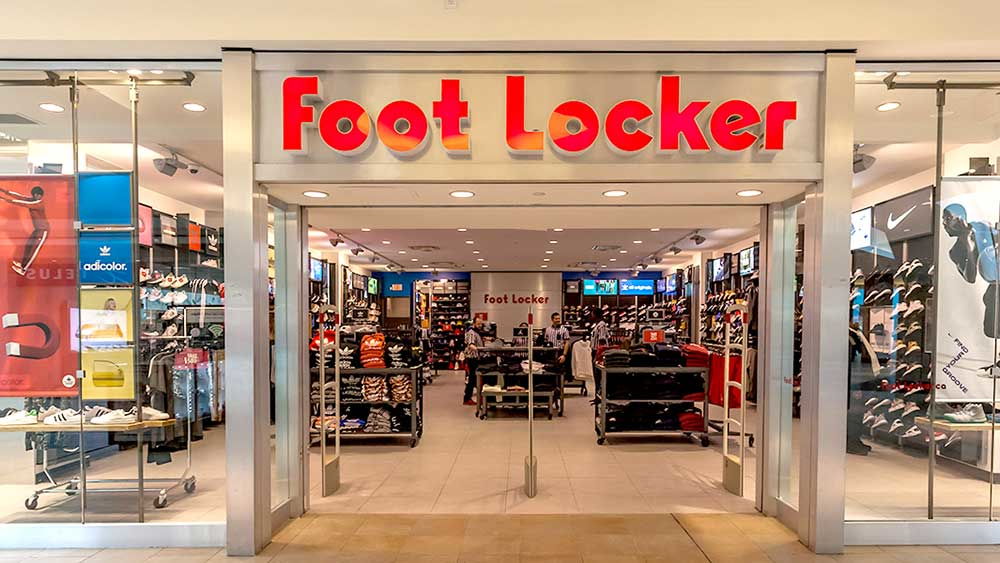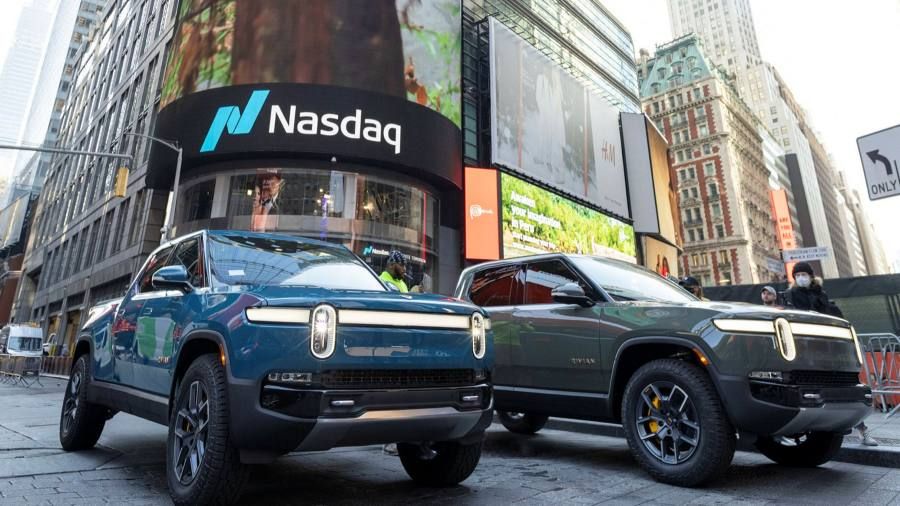Shares in Foot Locker (FL) plummeted by a quarter on Friday after the company readjusted its yearly sales forecast downwards, announcing that current year sales are lagging behind last year’s figures. The athletic retailer’s misses on first-quarter revenue and earnings per share further exacerbated investor worries about the firm’s standing.
“Our revenue stream has markedly weakened since March due to challenging macroeconomic conditions. We have therefore revised our projections for the year downwards, opting to implement steeper discounts to stimulate sales and maintain our inventory,” commented Mary Dillon, Foot Locker’s CEO, in the earnings press release.
The newly adjusted forecasts anticipate Foot Locker’s comparable store sales to plunge as much as 9% for the year. This is a notable departure from their original forecast, which predicted no more than a 5.5% fall. This marks a worrying development for the shoe retailer, which hasn’t experienced an annual drop in same-store sales of over 6% since 2010.
Additionally, the company’s first-quarter earnings report fell short of expectations. Foot Locker reported a revenue of $1.93 billion, a decrease from $2.18 billion during the same period the previous year. This missed Bloomberg’s consensus estimate of $1.99 billion. Furthermore, the company’s earnings per share were at $0.70, lower than the anticipated $0.77 and a decrease from $1.60 for the same quarter in 2022.
This latest report means that Foot Locker’s revenue has now fallen for four consecutive quarters, casting a shadow over the future of the sportswear company. The industry felt the ripple effect of the news, with stock prices in Nike (NKE) and Under Armour (UAA) also declining.

The underperformance of Foot Locker comes at the end of a week of mixed results from retailers. The market is on high alert for indications of a potential slowdown in consumer spending. Earlier in the week, Home Depot (HD) cut its guidance, and Target (TGT) signaled that a decrease in discretionary spending could affect its annual sales numbers. In contrast, Walmart (WMT) may benefit if consumers switch to more affordable alternatives.
However, as corporate executives emphasize the shift away from discretionary spending and sports goods dominate the latest monthly retail sales report’s decline, the prospects for athletic wear companies hoping for a rebound are becoming more bleak.
Under Armour hinted at this trend earlier in May when its shares tumbled following a full-year sales guidance that was below Wall Street’s predictions. Now, it seems Foot Locker is following a similar trajectory, grappling with challenges in its bid to rejuvenate its brand, though these struggles were not entirely unexpected.
“We’ve always stated that 2023 is a reset year,” Dillon explained to Yahoo Finance in March.
Dillon, who led Ulta (UTLA) successfully for eight years until 2021, took on the role of Foot Locker CEO in January 2023. Under her guidance, Foot Locker is implementing its ‘Lace Up’ revitalization strategy. The retailer, a long-time presence in physical malls, plans to close 400 poorly performing stores, predominantly in lower-tier malls, and shift its focus to off-mall locations.
As part of this strategic overhaul, Foot Locker aims to engage the growing sneaker culture with more “exclusives” and plans to “rejuvenate” its partnership with Nike beyond 2023. However, Foot Locker foresees that Nike will represent a smaller percentage of total sales in the future. As of March 2022, Nike accounted for 70% of Foot Locker’s sales. The company hopes to decrease this to between 55% and 60% by 2026 as it diversifies its business and counters Nike’s expanding direct-to-consumer division.
©traders-news.online










